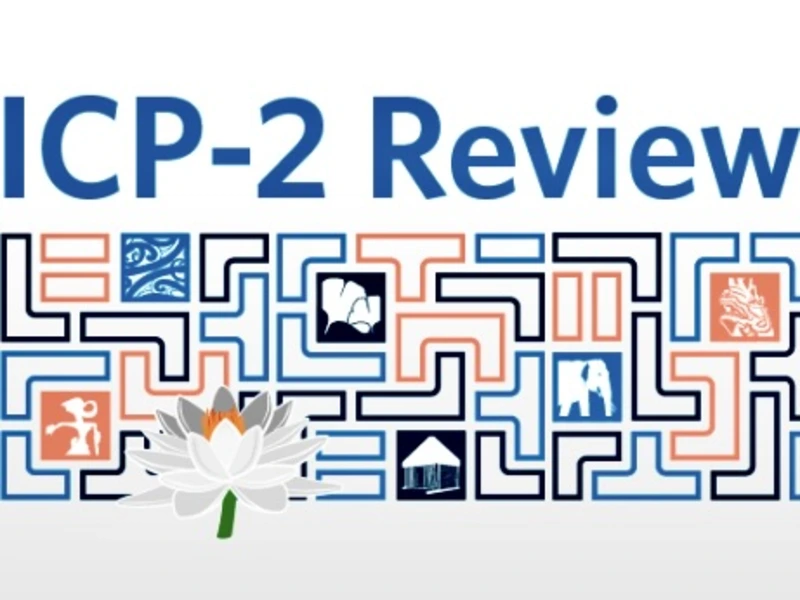- ICP‑2 update adds detailed criteria for RIR recognition and new steps for removal.
- ICANN Board and IANA are key to enforcing clear, stable internet number governance.
ICP‑2 explained and why it matters now
The ICP‑2 documentation revamp currently underway marks one of the biggest changes to how Regional Internet Registries can be created, or disbanded, since they were first set up nearly 30 years ago. So what is ICP-2, why is it so important, and why is it being overhauled after 30 years of use?
ICP‑2, also known as Internet Coordination Policy‑2, was written in 2001. It created the basic rules for how new Regional Internet Registries (RIRs) could be set up. These registries manage IP addresses and Autonomous System Numbers. Each one is responsible for a different part of the world. The policy said that each RIR should serve a large area, work on its own, and be guided by people in its region. It also said that the RIR must be supported by the local internet community.
These rules did not change for over 20 years. During that time, the internet grew much faster. It became more global. More people and companies needed IP addresses. At the same time, RIRs had to manage bigger networks and more demands. Some faced legal or management problems. Because of this, the Number Resource Organization (NRO) saw the need to update ICP‑2. In 2023, it began a plan to improve it. The update explains how RIRs should be run. It adds clear rules to help fix problems. It also tells what should happen if an RIR cannot do its job. The NRO wants these changes to make the system stronger and more fair. It also wants to keep the internet working smoothly without big disruptions.
Led by the NRO Number Council (acting as the ASO Address Council) the overhaul is now in its community-feedback phase. From October to December 2024, nearly 300 responses were collected via a principles questionnaire.
In February 2025, a qualitative analysis of that input was published. Between 14 April and 27 May 2025, a revised draft — retitled the “Governance Document for the Recognition, Maintenance, and Derecognition of Regional Internet Registries” — was opened for public comment across RIR mailing lists and ICANN forums.
Next, through late 2025, feedback will be reviewed and integrated, leading to a final document scheduled for publication and adoption in Q3–Q4 2025.
Also Read: ICP-2 feedback continues: Revisions to RIR governance framework
Also Read: NRO NC publishes ICP-2 principles questionnaire results
How the ICANN Board balances global and local roles
The ICANN Board helps manage the global internet. It listens to many people from many places. It does not act alone. It works with groups like the Number Resource Organization (NRO), the five Regional Internet Registries (RIRs), and IANA. Each group has its own job. The Board respects those jobs. It also makes sure the whole system stays strong.
The new ICP‑2 process gives the ICANN Board a clearer job. It checks requests to create or remove an RIR. It cannot choose alone. The NRO Executive Council must first send a request. The Board then asks all five RIRs what they think. After this, it can make a final choice. This stops fast or unfair actions. It helps changes get support from the global group.
The Board also thinks about trust. People must believe that it listens. They must believe that it follows steps they can see. When the Board acts too fast, some may think it has too much power. When it waits too long, problems may stay. The new rules show a clear way to act. The steps help keep balance. They also give the community a time to speak.
The Board’s new job is not only about power. It is also about duty. It protects what helps all people. It works to stop problems before they reach users. It checks that every RIR does its job well. When it does not, the Board must help fix it. This mix of care and duty is now part of the new ICP‑2.
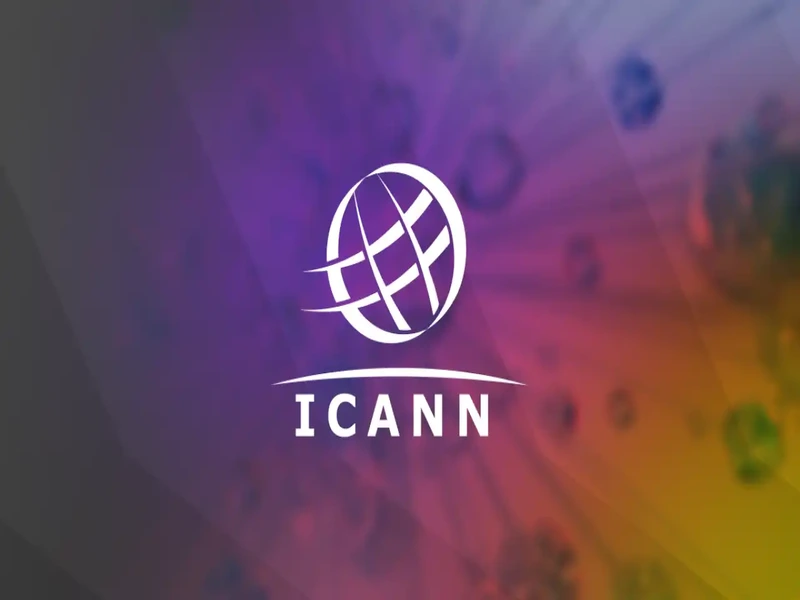
ICANN Board and IANA have stronger roles
The new draft says the ICANN Board has the final role when a new Regional Internet Registry is proposed or when one should be removed. The Board cannot do this on its own. It must first receive a formal request from the NRO Executive Council. After that, it must ask all current RIRs for their views. This makes sure decisions are shared by the community, not controlled by one group.
IANA also plays a key role. It gives IP address blocks to RIRs. If an RIR cannot function or needs to be replaced, IANA must move the addresses to another registry. The update makes the links between ICANN, IANA, and RIRs more direct. This helps keep the system clear. It also stops problems from spreading across the global network.
- ICP‑2 explained and why it matters now
- How the ICANN Board balances global and local roles
- ICANN Board and IANA have stronger roles
- New focus on problems and removal
- RIR expectations are now more detailed
- Pop quiz
- Community input shaped the update
- Quotes from experts underline community support
- What happens next in 2025
- A stronger base for the next internet phase
- FAQ:
- Quiz answer
New focus on problems and removal
One of the biggest updates in the new draft is how it handles RIRs that stop working properly. The older version of ICP‑2 did not explain what to do in those cases. The new version adds steps to follow. First, the RIR must try to fix the problems on its own. If it cannot, the other RIRs and ICANN can give support. If nothing works, the NRO can ask ICANN to take action.
This change is important because similar problems have happened before. AFRINIC faced legal and leadership problems for several years. During that time, there were no rules to guide what should happen. This created delays and confusion. The new draft shows a path forward. It includes instructions on how to move IP data and resources from one RIR to another. This helps make sure the internet keeps running and people can stay connected, even when one RIR has serious issues.
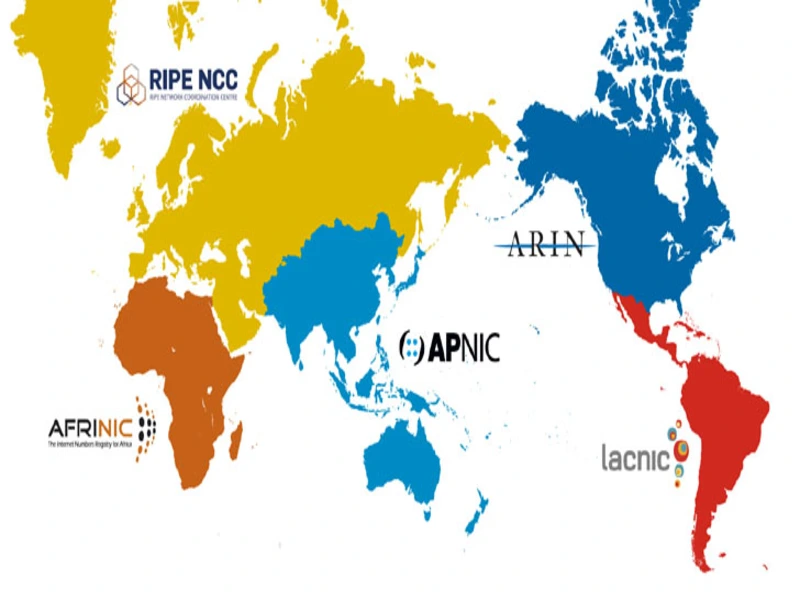
RIR expectations are now more detailed
The update makes it clear what each RIR must do to serve its community well. Each RIR must cover a large area that is connected. It cannot overlap with the area of another RIR. This rule helps to stop conflicts and reduce confusion between RIRs. It also keeps the total number of RIRs small. This way, each RIR can focus better on its region. The draft also repeats that RIRs must be not-for-profit. This means they do not work to make money for themselves. Instead, they are run by their members. The members have a say in how things are done.
To keep their recognition, RIRs have to follow certain rules. One rule is that they must hold public elections. The community must choose their leaders. This means that the people who use the RIR services can pick who runs it. Another rule is that RIRs must publish reports about their work. This helps everyone see what they are doing. The RIRs also need to show how they use their money. Their spending must be open for review. This means anyone can check if the money is used properly. If an RIR does not follow these rules, it may lose its recognition. These rules are made to match what people expect today. People want RIRs to be open and trustworthy. The rules also help protect RIRs. They keep them safe from pressure by any group or government. This way, RIRs can work fairly and for the good of the whole community.
“The upcoming revision of ICP‑2 … is not just a technical process, it’s about ensuring that the Internet remains open, reliable, inclusive, and secure for the next 25 years and beyond.”
Bikram Kumar, APNIC Cooperation SIG
Pop quiz
What group must request ICANN action before a registry is derecognised?
A. IANA
B. The ASO
C. The NRO Executive Council
D. The affected RIR itself
The correct answer is at the bottom of the article.
Community input shaped the update
This change did not come from one group alone. It followed a long and open process. In late 2024, a public questionnaire asked for people’s feedback on how to change ICP‑2. The questions focused on many topics. These included governance, financial strength, and fairness. People from all five RIR regions gave their ideas. Many people took part and shared their views.
After the questionnaire, a draft document was written. This draft showed the proposed changes. From April to May 2025, the draft was posted online. It was open for public review. People sent comments on the draft. They also talked about it during meetings. Each RIR held special sessions to discuss the draft. Some of these meetings happened at big events like RIPE and APNIC. The NRO and ICANN listened carefully to all the feedback. They collected all the ideas and concerns. This input will help to make the next draft better. The next draft is expected to come out later this year.
Also Read: APNIC ends ICP-2 consultations with global feedback in hand
Also Read: RIPE 90 closes with calls for ICP-2 update improvements and number portability
Quotes from experts underline community support
Nick Nugent helps lead the Address Supporting Organisation’s advisory group. He said the policy was not being changed completely. The goal is to fix missing parts and make the system stronger. He said the main idea is to improve trust and accountability.
RIPE NCC is one of the five RIRs. It showed strong support for the changes. In its update, it said the changes would make the RIR system more stable. It agreed that open and fair processes are needed. These processes help keep internet number management safe and trusted.
Other RIRs also spoke about the update. LACNIC said in its public statement that it supports the review of ICP‑2. It said the update will help fix gaps in the policy and improve how RIRs work. ARIN shared its feedback too. It said working together will make the policy better for everyone. ARIN believes that clear rules help build trust. It also said this effort is good for the whole internet community. The cooperation between the RIRs shows their shared goal. They want a stronger system that serves all regions fairly.
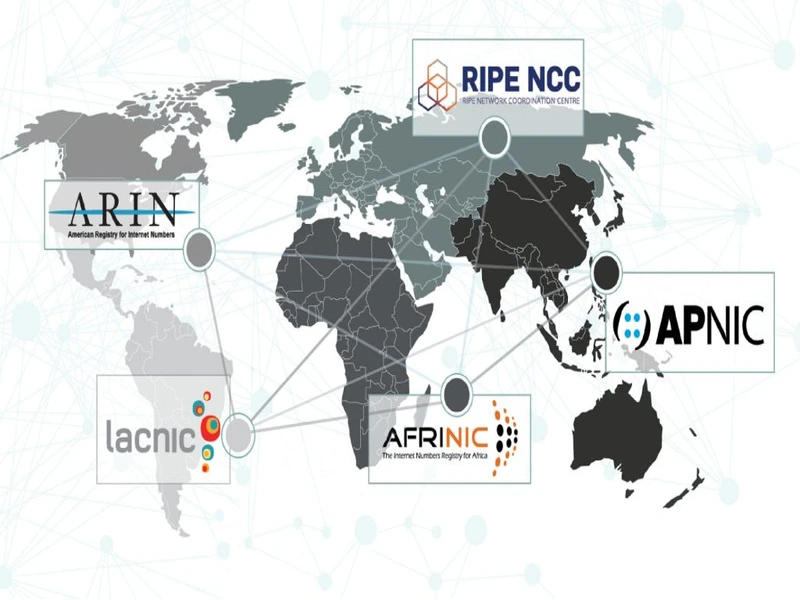
What happens next in 2025
Draft changes and second review stage
The NRO has received many comments from the first round of public input. It is reviewing them now. A second draft is expected before the end of 2025. This next version will try to reflect what people said during meetings and through online forms. After that, the draft will go to the ICANN Board. It will also be sent to each RIR. If both groups agree, it becomes final. Each RIR must then check its own rules. If any part does not match the new policy, it must be updated.
Shared process but with global reach
The ICP‑2 update is not part of the official ICANN global policy track. Still, it affects how internet numbers are managed in all regions. That means it matters to everyone using the internet. ICANN and the RIRs worked together to write it. Every RIR needs to understand what will change. They should speak to their community. They must also plan how to apply the new rules. Each region will need to run local sessions and make sure members understand what is coming.
“This revision is not intended to redesign or fundamentally change the RIR system … the focus is to identify gaps and strengthen the governance and accountability of the RIRs.”
Nick Nugent, ASO Advisory Council
A stronger base for the next internet phase
More steps to fix problems faster
The ICP‑2 update includes new tools that can be used if a registry is not working well. These tools make it easier to fix issues early. They also help prevent long delays or fights over what to do. These rules give the RIRs and the ICANN Board a clear path to follow. They also stop small issues from turning into big ones. This can keep the global address system safe when one part has trouble.
Openness and clear roles for oversight
RIRs will now need to explain more about how they operate. They must share more reports and hold fair elections. They must let people see how money is used. These rules help others check if things are done right. They also show that each RIR is working for its community. The new policy gives ICANN and IANA a stronger place in this system. They do not control the RIRs, but they help make sure rules are followed. This keeps everything working across all regions.
People can still take part before it ends
The public can still send ideas or feedback. The current version of the policy is online. It is open for more review. After the final version is released, it will guide how RIRs are set up or changed in the future. It will also help people trust that each registry is doing its job.
You can find the draft and details on how to comment at the NRO ICP‑2 update page or ICANN’s comment portal.
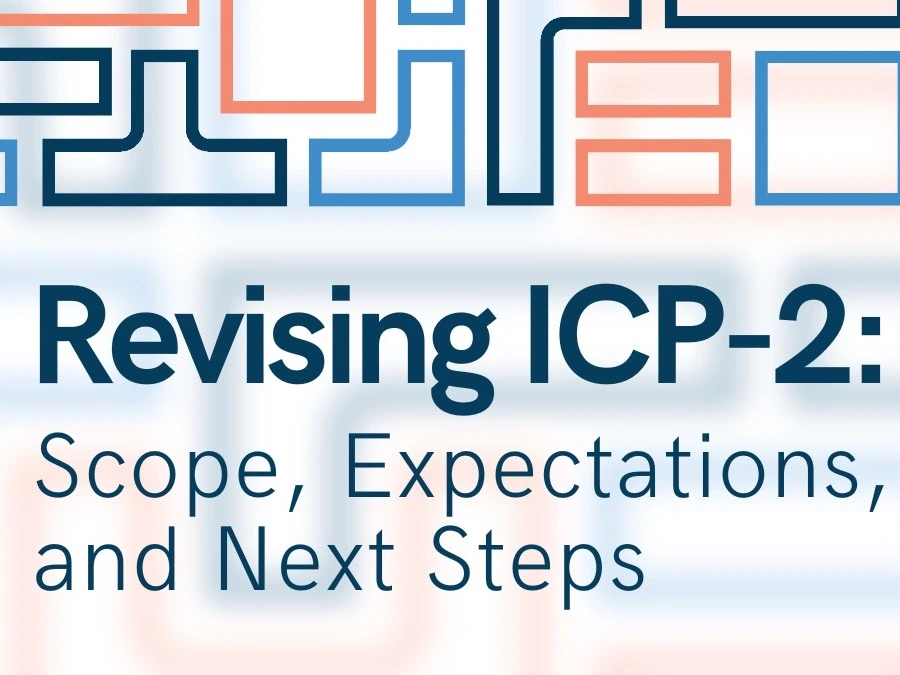
FAQ:
What is ICP‑2?
ICP‑2 is a policy made in 2001. It sets the basic rules for Regional Internet Registries, or RIRs. These registries give out IP addresses and manage networks in different parts of the world. Each RIR covers a large, connected region. The policy says RIRs must work independently and be guided by people from their own region. The local internet community must support the RIR.
Why is ICP‑2 being updated?
The internet grew fast after 2001. Many more users and companies need IP addresses now. Networks became bigger. Some RIRs had legal or management problems. Because of this, the Number Resource Organization started updating ICP‑2 in 2023. The update adds clear rules. These rules help fix problems. They also explain what happens if an RIR cannot do its job.
What are the new rules for RIRs?
Each RIR must cover a large area that is connected. No two RIRs can cover the same area. This stops confusion and conflicts. RIRs must be not-for-profit. Members run them. They hold public elections. The community chooses the leaders. RIRs publish reports. They show how they use money. This helps people see they are open and fair.
What if an RIR has problems?
If an RIR stops working well, it must try to fix itself first. Other RIRs and ICANN can help. If problems do not get fixed, the NRO can ask ICANN to act. ICANN can then move IP addresses to another RIR. This keeps the internet running smoothly.
How was the update made?
The update did not come from one group alone. In late 2024, a public questionnaire asked people for ideas on changes. People from all five RIR regions answered. Then, a draft was written. From April to May 2025, the draft was open for public review. People sent comments and talked about the draft in meetings. Each RIR held sessions. The NRO and ICANN listened to all input. They will use it to make the next draft.
Quiz answer
C. The NRO Executive Council

